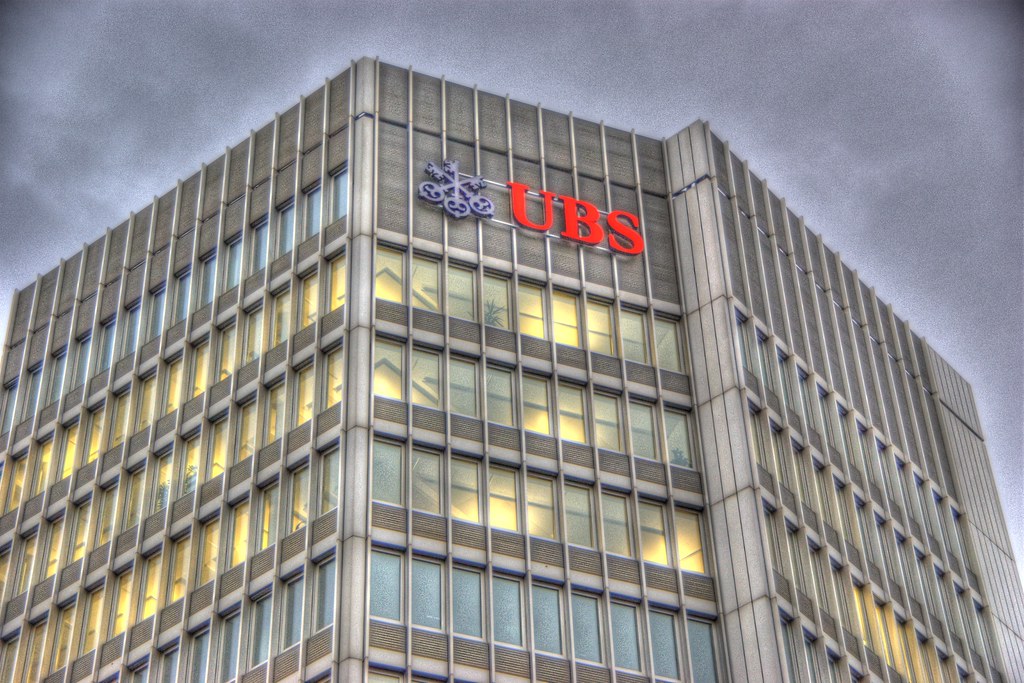The utility settlement coin has a boring name. But the project, led by Swiss bank UBS, is one of the most ambitious and most highly anticipated blockchain projects in the works—assuming it really uses a blockchain.
The news: UBS and 13 other financial firms—including major banks in the US, Europe, and Japan—have created a new company to lead the digital currency’s development, reports the Wall Street Journal. The firms have also collectively invested around $63 million in the venture, which aims to let the banks settle cross-border trades faster and more cheaply. The project was first revealed in 2015.
The token: Few technical details have been revealed, but the project supposedly involves building a blockchain-based digital currency. The WSJ describes the token as “both a payment device and a messenger that carries all the information required to complete a trade.” It would be backed by bank-owned fiat currency held in central bank accounts. Rhomaios Ram, chief executive of the new company, called Fnality International, told WSJ that he believes the currency will be “fully operational” within a year.
Don’t settle for half the story.
Get paywall-free access to technology news for the here and now.
